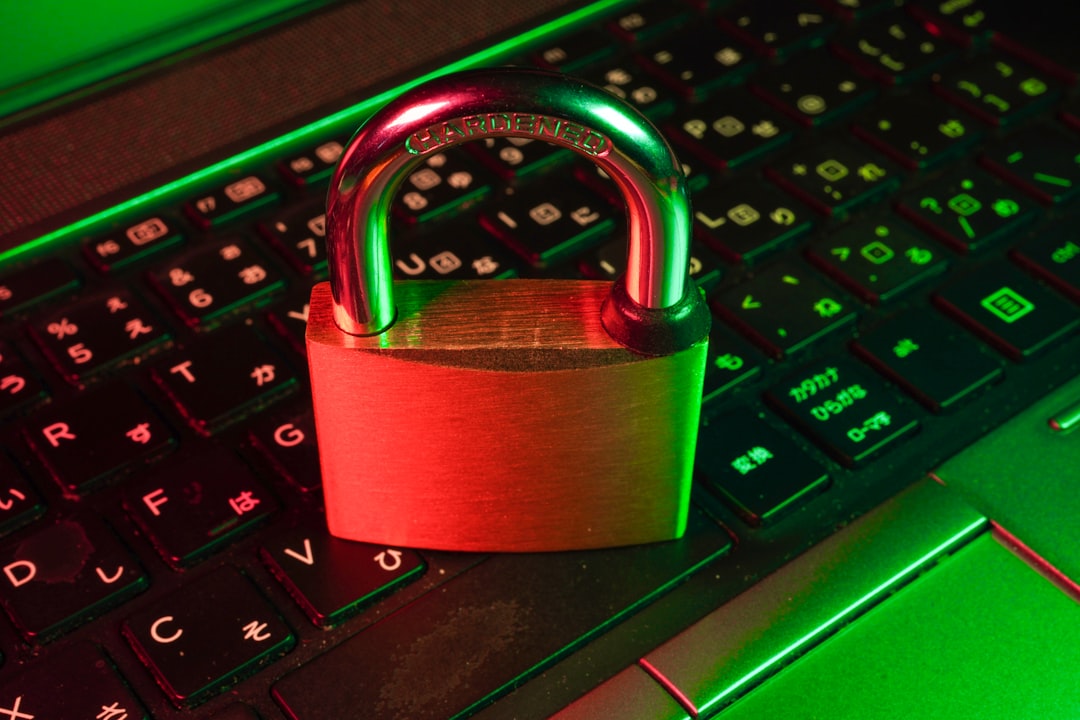 Photo from unsplash
Photo from unsplash
Originally Posted On: How Do Post-Pandemic Businesses Manage Cyber Security? | BIZCATALYST 360°
The coronavirus pandemic has transformed the business world. Companies have needed to adapt to the new challenges rapidly. When physical interactions were virtually impossible at the start of 2020, companies embraced digital revolutions. Remote workers and virtual offices have been crucial to business survival throughout the pandemic.
However, as companies moved their activities online, cybercriminals capitalized on the digital chaos. Cybersecurity threats and crimes increased dramatically during the pandemic, ranging from COVID frauds to data breaches. According to IBM, the average cost of a data breach is $3.86 million, and it can take up to 207 days to identify a breach. Ransomware attacks cost on average $133.000, and 48% of attacks reach businesses via malicious office files attachments in email communications. While the pandemic situation has become more organized, businesses now need to prepare their post-pandemic cybersecurity response. Indeed, cyber criminals are here to stay. They continue learning and developing new tricks to target businesses. At a time when teams are divided between the business premises and the home office, companies have to remain vigilant.
They use specialist IT teams
The do-it-yourself days of the early pandemic response are long gone. Businesses that have tried to adapt and find quick digital solutions easily are now considering migrating to the cloud with professional support. Indeed, secure cloud computing has been a progressive response to the pandemic digital revolution. It makes sense for companies to maintain or improve their cloud solution in a post-pandemic environment. The priorities for cloud solutions include scalability, cost-efficiency, security, accessibility. Working closely with an IT partner who understands the pros and cons of each system can make a huge difference to a business cybersecurity strategy. Indeed, it’s become necessary for companies that switch online unexpectedly during 2020 to improve their digital environment, such as assigning experts the task to ditch a lesser secure platform and migrate to a new cloud system.
They train their employees
2020 has marked a new area of cybersecurity training for employees. However, aggressive hacking tactics are still part of the current business landscape. Now’s the best time to focus on the most relevant training topics in a post-pandemic environment. Research shows that 95% of cybersecurity breaches are the result of human error. Therefore, training remains a priority for companies. Covid-19 phishing scams are still relevant. Scammers target vulnerable members of the team with the supposedly latest Covid news. Additionally, Spear Phishing is growing in popularity. The process involves legitimizing an email by making it look like it’s been sent from a trusted source within the company. Portable storage mediums, such as USB drives, are also a potential source of risks for companies that continue to use those. Finally, social media usage should also be considered a potentially harmful activity. Oversharing could expose confidential information and give hackers leverage to the business network.
They evaluate their strategy frequently
Is your cybersecurity strategy still meaningful? As hackers work hard to invent new attacks, companies need to audit their digital strategy to improve security. Indeed, weak points in your digital defense can appear suddenly as new hacking tactics develop. Therefore, even if your system was safe when you first designed the strategy, it’s worth checking for potentially new shortcomings
Additionally, it’s fair to say that frequently revisiting your strategy enables the business to keep employees in the loop. It’s the ideal occasion to remind everyone of your policies and inform new members of the team. It’s also an opportunity to capture questions and address doubts. Human errors are responsible for most data breaches. However, errors are often caused by forgetfulness, inaccuracies in the policy, and ineffective security principles that slow down employees.
They provide devices for their team
Employees who continue to work from home or who have been hired in a remote position need full equipment support. Indeed, businesses should not expect their team to organize their own equipment. Individuals using personal devices for work could put your security at risk. Indeed, personal devices tend to be shared in the household, exposing them to high cyber threats, from malicious email attachments to access to a corrupted site. Additionally, personal devices may not be compatible with the existing network infrastructure and IT requirements. When the company provides IT equipment to all e employees, including remote employees, they can:
- Manage IT maintenance and updates,
- Install and provide all preliminary security solutions (antivirus, etc.) BEFORE the employee turns on the device,
- Arrange for full setup (including installation of relevant work solutions and apps),
- Ensure full compatibility.
They use managed IT services
Managed IT services providers can serve multiple functions for a company. A managed provider can act as an IT advisor for all tech strategies and requirements. For instance, it’s a good idea to establish a partnership with a provider when you start working on your future IT investments.
For small companies, IT services can also replace the typical in-house IT team for all troubleshooting problems. Small businesses often work on a shoestring budget, which means they can’t afford a full-time specialist IT team. However, working with an MSP enables them to maintain digital continuity and keep their online performance without worrying about IT faults. These services are essential to reduce the risk of employees making harmful decisions that could expose the business data to threats.
It’s worth mentioning that MSPs can also deliver around the clock cybersecurity services, both on a proactive and reactive basis.
They have an emergency response
It doesn’t matter how well prepared a business is. Cyber attacks can still occur. Yet, when they do, companies need to have an incident response plan to keep the damage to a minimum. The ideal incident response plan consists of 7 steps:
- Preparation for all eventualities through risk assessments, training, and relevant lists of contact.
- Identification of what is happening: The sooner the business can spot the cyber breach, the sooner it can react.
- Containing the risk safely, rapidly, and effectively. This could mean disconnected a corrupted network or isolated a malicious file.
- Eradication: The threat is permanently removed and cleared from the system.
- Restoration: The step involved using backups and using security patches.
- Lessons learned from the crisis and what can be improved in the future.
- Tests on the improvements and fine-tuning the strategy to prevent further issues.
They learned from the pandemic chaos
The pandemic situation has been a time of challenges and lessons learned the hard way for companies. However, it’s been a valuable period to identify the most frequent elements that have facilitated cyber attacks.
Lack of information has been detrimental to business security. Panicked employees have been looking for answers regarding Covid fears online. Many worried about getting paid during the pandemic, securing benefits, or even finding loan support on furlough. The surge of panic online has opened a unique opportunity for scammers to create phishing emails and SMS. Without any information to refer to for guidance, many individuals have lost a lot of money to scams. In a post-pandemic environment, businesses need to focus on securing information exchange and education for their team to prevent a similar panic response.
Last-minute organization for remote work has been considerably harmful. With little time to prepare and little budget to work with, companies have improvised, and it’s been at the cost of digital security and continuity. The lesson: Rapid change is possible as long as it is planned accurately and thoroughly. Otherwise, you could forget essential steps.
As the post-pandemic environment continues to change, businesses need to adjust their cybersecurity strategy. Digital threats are not disappearing. They are changing to respond to the new hybrid office and remote work environment. Consequently, companies must continue to learn and grow digitally to keep their brand and employees safe.





